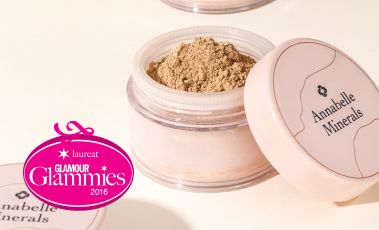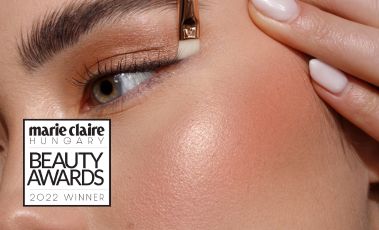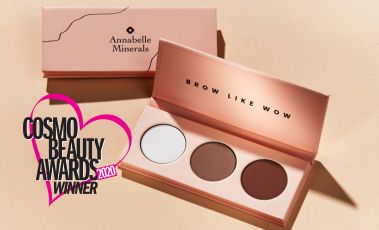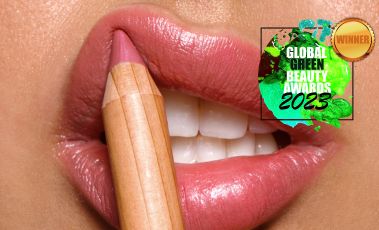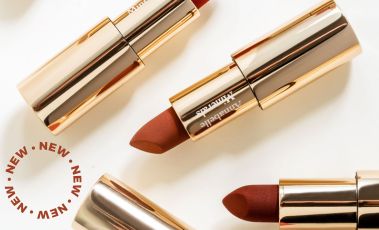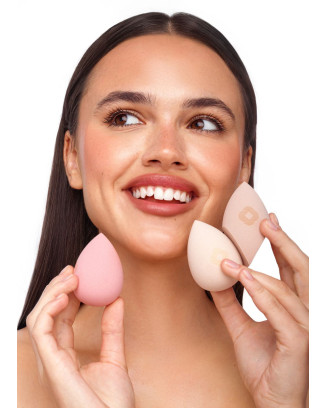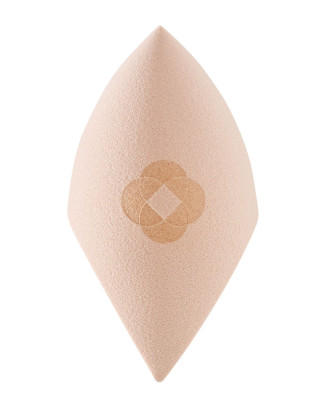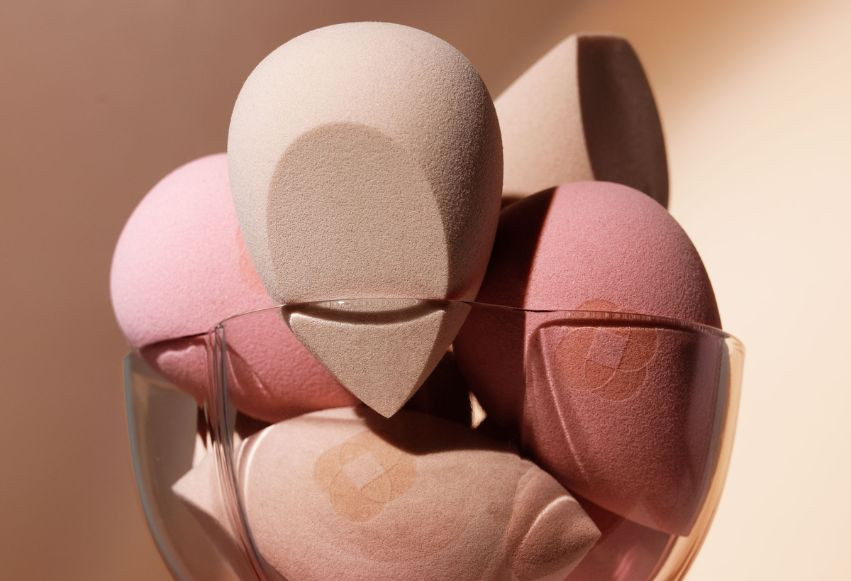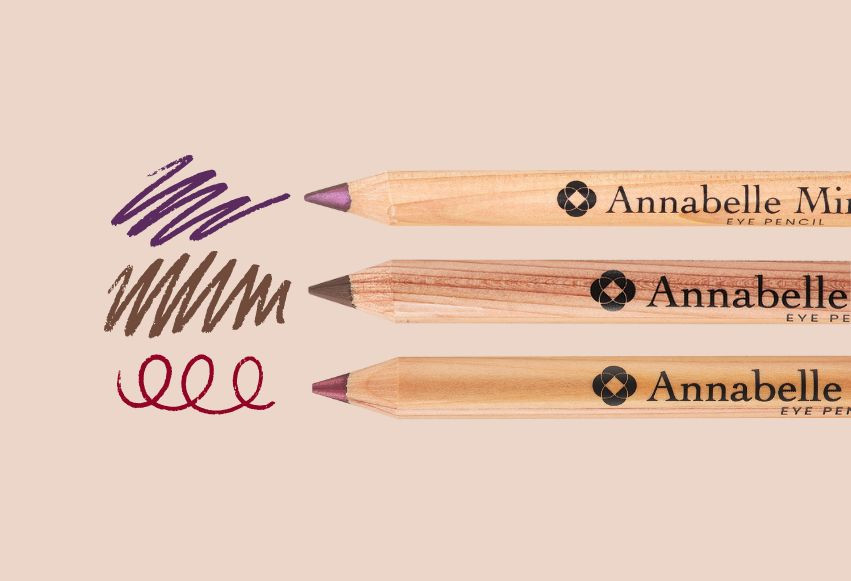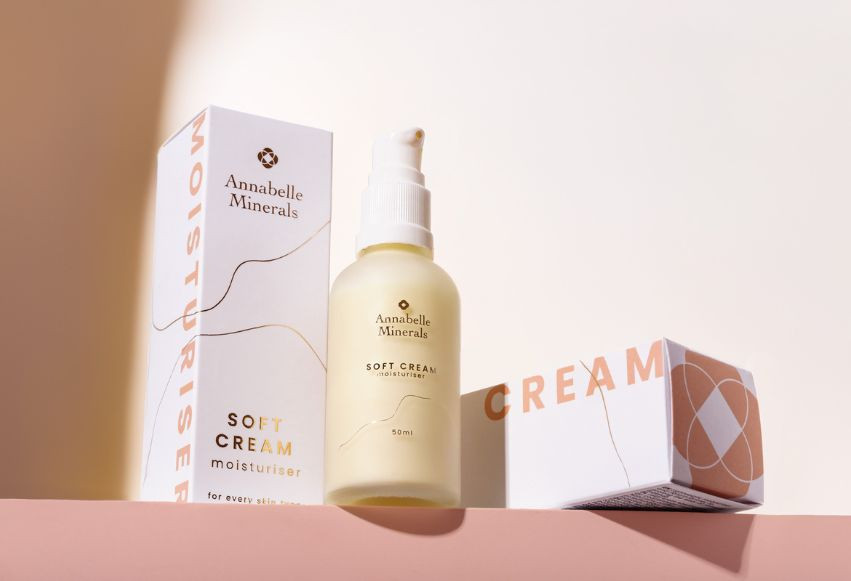If you’ve ever stood in front of a mirror wondering why your makeup looks good, but not quite the way you want it, the answer is usually the tool you’re using. And judging by what people in the UK search for — “best makeup sponge”, “wet or dry”, “how to blend foundation”, “best sponge for sensitive skin” — the confusion is universal.
So let’s make it easy. Here’s everything worth knowing about makeup sponges, in plain English, without the overhyped beauty jargon.
What actually makes a good makeup sponge
A good sponge should feel soft, bounce easily and blend instead of dragging your foundation across your face. It shouldn’t drink your product, crumble after two washes or irritate your skin. Material matters too — plant-based or biodegradable foams tend to be gentler and more skin-friendly, especially if you’re sensitive. In short: a good sponge should disappear into the background and just… work.

Should you use your sponge wet or dry?
This is one of the most common searches — “am I supposed to use my makeup sponge wet?”. Short answer: damp is your best friend. A damp sponge gives a smoother, more natural blend and helps you build coverage without streaks. Use it dry only when you need more precision or want to soften an edge without shifting too much product.
Does the shape matter?
Absolutely. Different shapes do different jobs, and choosing the right one genuinely changes the finish.
Teardrop (Softie Blend) The classic. Great for foundation, daily blending and that “my skin but better” look.
Flat-edge (Softie Flex) Ideal for concealer, tidying edges and getting product exactly where you want it.
Angled sculpting shape (Softie Sculpt) Designed for contouring, defining and adding shape without harsh lines.
.jpg)
What about sensitive skin?
If your skin gets grumpy easily, the tool you use matters more than the product you put on it. A good sponge should feel soft enough that you don’t even think about it — no tugging, no tiny scratches pretending to be “blending”. That’s exactly why the Softie sponges are made with a cloud-soft, biodegradable foam that feels gentle even on days when your skin isn’t. The idea is simple: blend on the skin, not against it. A light bounce, a natural finish, zero irritation. If your skin usually hates tools, a Softie will be the one it actually tolerates.
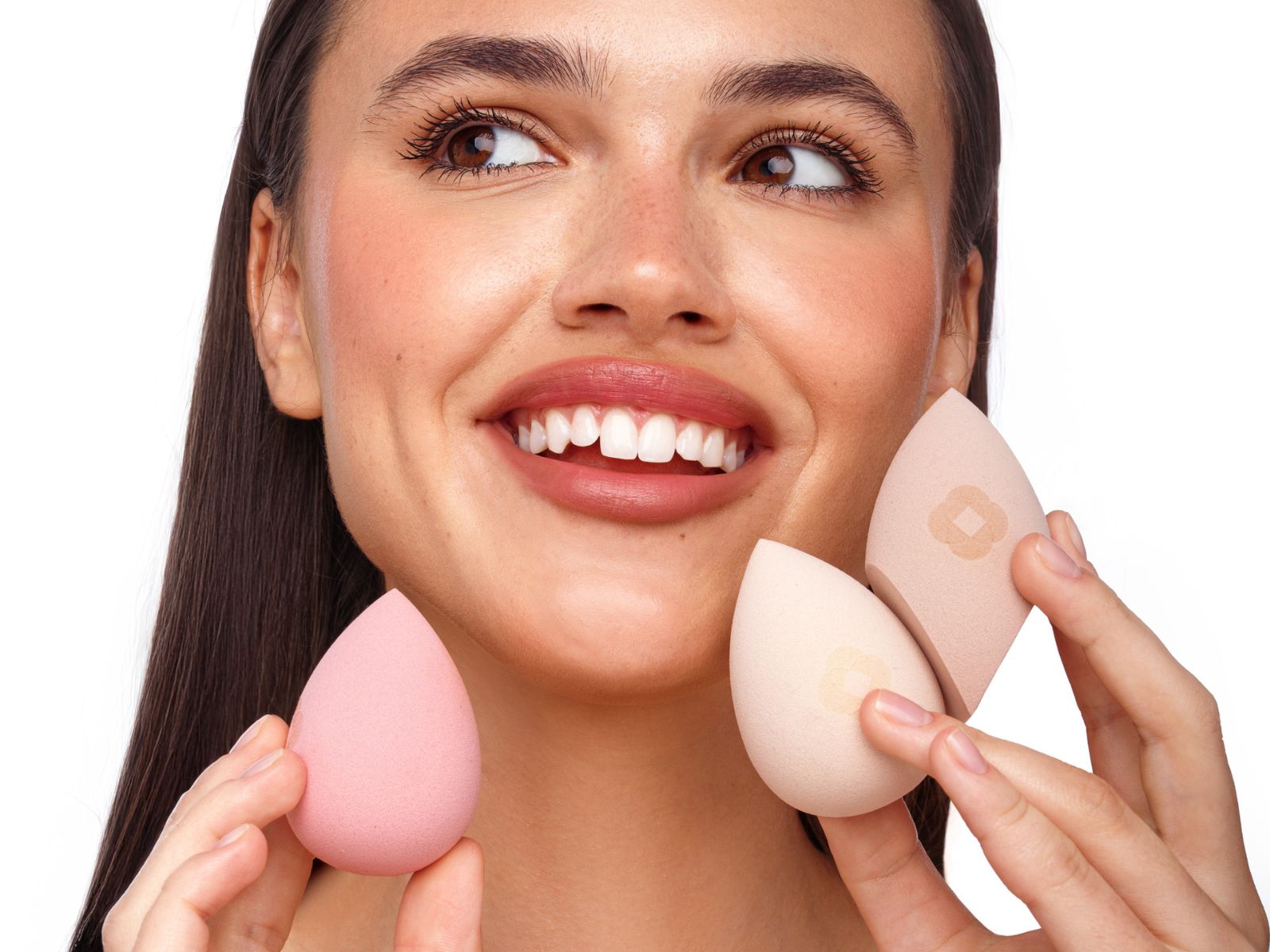
Sponge or brush — which is more hygienic?
Quick truth: both are totally fine… as long as they’re clean. A sponge isn’t “worse”; it just needs regular rinsing because it absorbs a bit more product. The trick is to wash it after each use and let it fully air-dry (no sealed bags, no makeup-bag prison). A clean sponge blends better, lasts longer and doesn’t become a tiny biological experiment. Softies hold up beautifully with regular washing — the material stays bouncy instead of turning hard or crumbly.
Affordable vs premium: does price matter?
Not really. The right texture and shape matter a lot more than a fancy price tag. A sponge should blend effortlessly and feel soft without soaking up half your foundation. That’s why Softies are designed to perform like high-end tools but stay accessible — because good blending shouldn’t require a luxury budget.
_1.jpg)
So which sponge should you choose?
For a naturally blended base, reach for Softie Blend. For refining edges and guiding your concealer exactly where you want it, choose Softie Flex. For enhancing cheekbones or adding gentle definition, Softie Sculpt gives you the precision you need. Thoughtful shapes, soft textures, and finishes that sit comfortably on the skin — that’s the idea behind every Softie.

